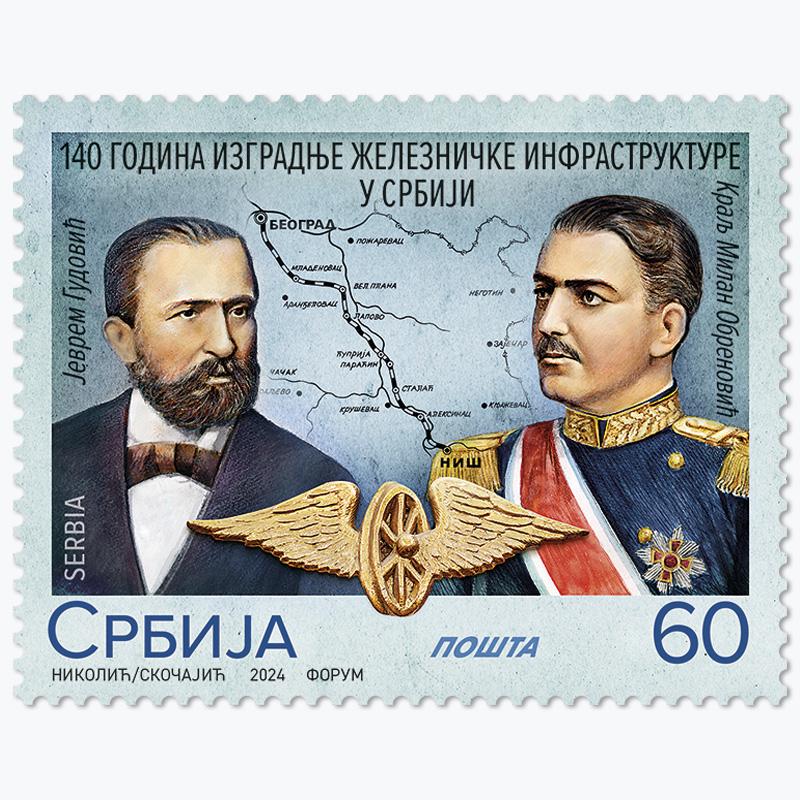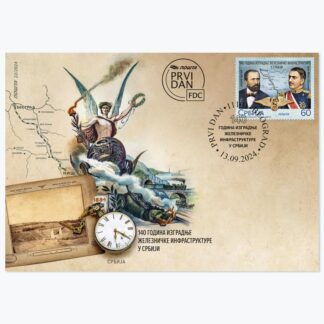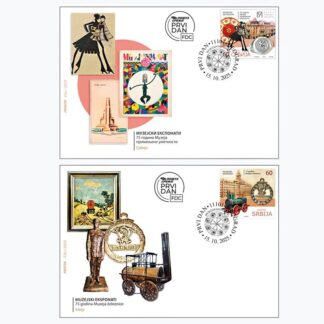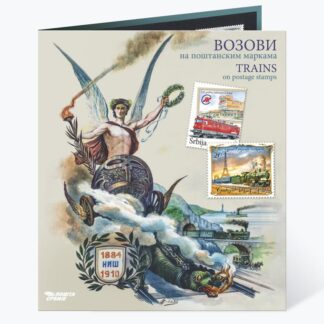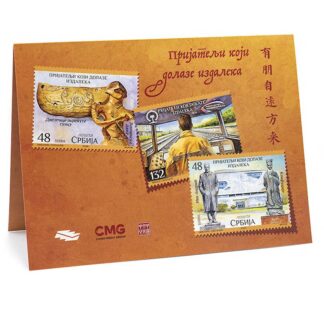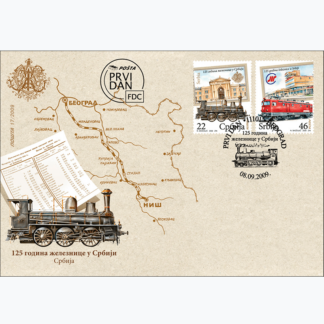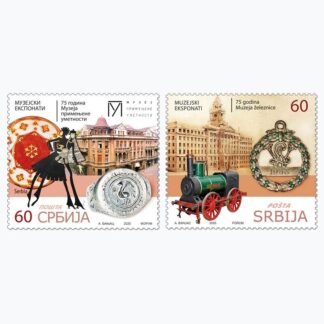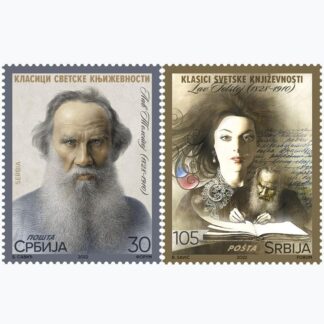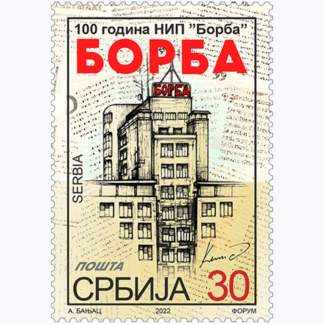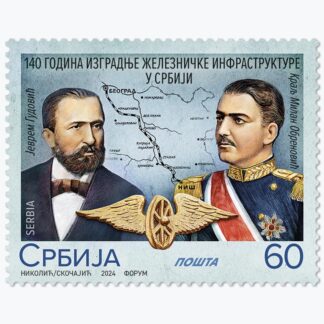Description
The first half of the 19th century brought to Europe intensive economic development, industrial and civil revolution throughout the continent, struggles for the liberation of peoples and the emergence of new states.
After the Berlin Congress, which confirmed the independence of Serbia as an independent state and expanded its borders, intensive work began on the implementation of plans for the development of railway traffic, which primarily involved the connection between the Austro-Hungarian Empire and the Ottoman Empire through the territory of the Principality of Serbia, in which the young state saw its strategic interest, since Austria–Hungary undertook to connect its railway network with the planned first Serbian railway near Belgrade, via the Sava bridge.
The agreement signed by the two countries stipulated 1883 as the deadline for the completion of the construction of the first Serbian railway. Works on the construction of railway infrastructure in Serbia were led by the Ministry of Construction headed by Minister Jevrem Gudović. At the big ceremony held on the occasion of the start of the construction works, on July 3, 1881, in the presence of members of the Government, the state leadership and a large number of dignitaries, near today’s Mostar interchange in Belgrade, Prince Milan Obrenović used a silver pickaxe to symbolize laying of the foundation for the first Serbian railway on the route Belgrade–Niš.
The construction of the railway began in the Principality of Serbia, and the first train ran through the new railway, 243 kilometres long, in the Kingdom of Serbia, because Serbia had become a kingdom in the meantime. The first, ceremonial train, left Belgrade for Niš on September 4, 1884. Regular railway traffic began operating on September 15 of the same year.
Serbian Railways celebrates this day every year as Railway Day.
Motifs: portraits of King Milan Obrenović and Minister Jevrem Gudović; facsimile of the timetable of the first ceremonial train from August 23, 1884; the “Winged wheel” symbol and an illustration from a framed tableau from the permanent exhibition “Train engineers of the Niš boiler room 1884–1910”; railway pocket watch “Zenit”, 1884; sound signalling device – a whistle; photographs “Railway construction in the Sićevo Gorge”, “Ralja Viaduct on railway route Belgrade–Vranje” (1885) and “Viaduct Veliki potok, on the railway route Belgrade–Vranje” (1885) and a map of the railway route Belgrade–Niš.
Professional cooperation and material for motifs: Railway Museum as part of Serbian Railways
Artistic realization: Miroslav Nikolić and Nadežda Skočajić, academic graphic artist
